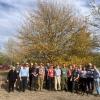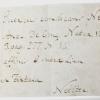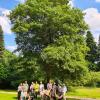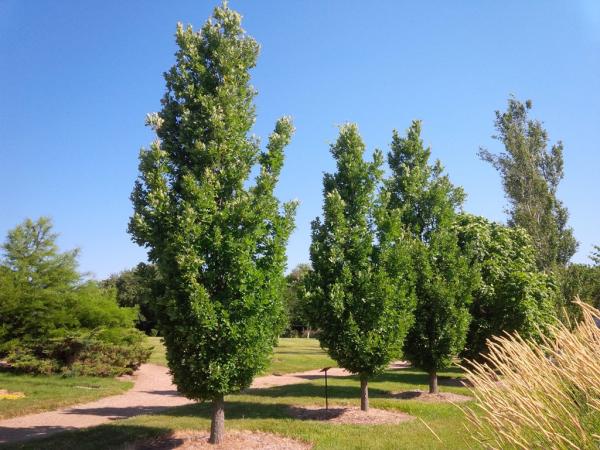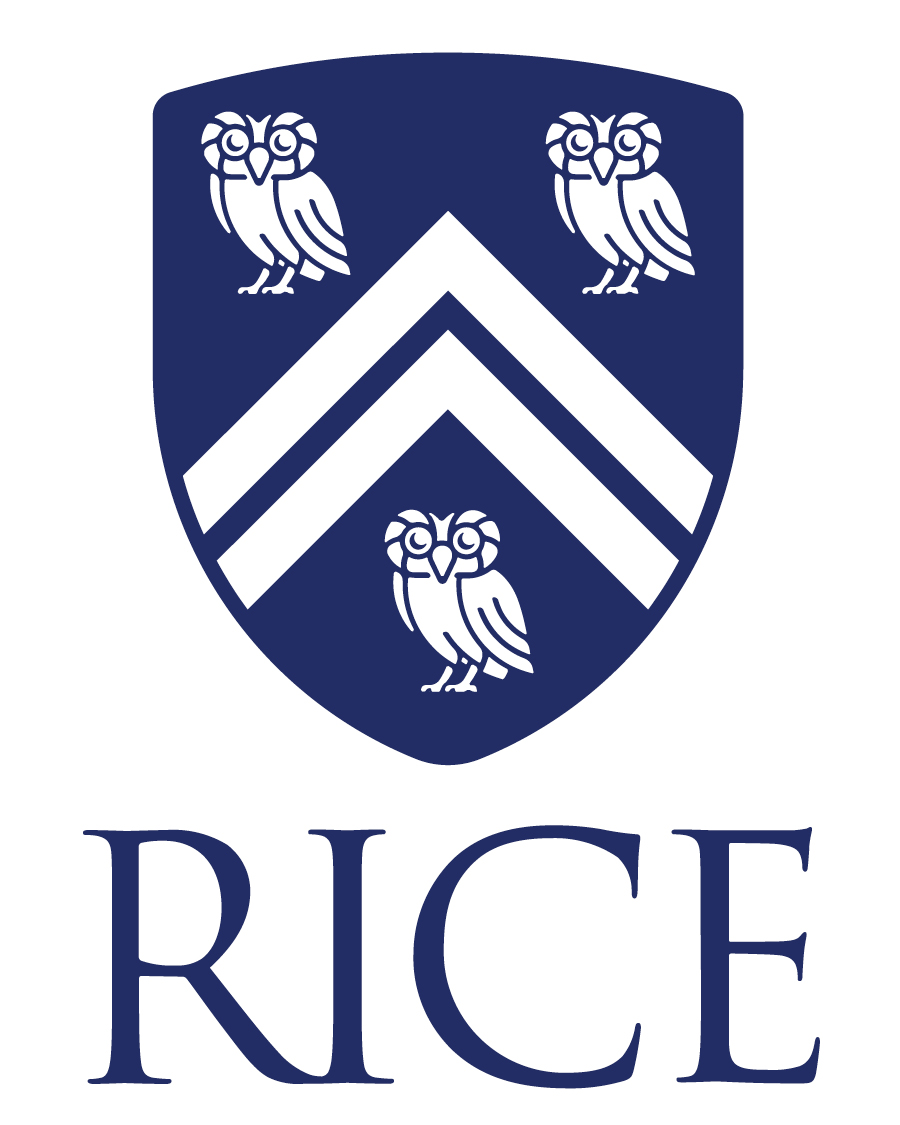Editor's Picks
Plant Focus
Project Contact: Ryan Brooks, Graduate Researcher, Cincinnati Zoo and Botanical Garden, Center for Conservation and Research of Endangered Wildlife (CREW), 3400 Vine Street, Cincinnati, Ohio, USA.

Executive Summary: Oaks (Quercus spp.) are a group of between 400 and 500 species that are of great ecological and economic importance. With threats being imposed by habitat loss and climate change, approximately a quarter of these species have been identified as being of conservation concern. Ex-situ, or off-site conservation, in addition to in-situ efforts, has become an important tool in conserving the existence and genetic diversity of these species.
Seed banking is one of the most common and widespread forms of ex-situ conservation, however, this does not work for many plant groups. Oaks are unable to be seed banked conventionally due to the acorn’s intolerance of the drying process that must occur before banking. Along with many other species, oaks are classified as exceptional plants and must be conserved using other methods.
One such alternative method being used at the Center for Conservation and Research of Endangered Wildlife (CREW) at the Cincinnati Zoo and Botanical Garden is the cryopreservation of stem cells. This method uses liquid nitrogen to hold cells, obtained from either shoot tips or embryos, at a stable temperature for many years without taking up as much space as a living tree. Recently, our efforts have focused on obtaining these stem cells by isolating shoot tips and the production of somatic embryos.
In order to verify the efficacy of this method of biodiversity banking for oaks, genetic testing is conducted at multiple stages to ensure the genetic fidelity of tissues. This is critical because stressful conditions involved in ex-situ methods provide an ample opportunity for the introduction of somatic mutations, or a change in the DNA sequence not caused during sexual reproduction. With genomic sequencing becoming increasingly accessible, the goal of this project is to employ a deeper level of sequencing than previously used to identify any possible somatic mutations induced through the processes of cryopreservation. If mutations are detected, these results will be used to identify which procedure or step in a procedure is most likely to cause mutation, allowing future cryopreservation efforts to avoid these pitfalls. An effective ex-situ biodiversity bank, such as the CryoBioBank at CREW, is reliant on the fidelity of banked tissues and measures must be taken to ensure this continues.
Target Species:
Quercus hinckleyi (CR)
Quercus georgiana (EN)
Quercus macrocarpa (LC)
Quercus oglethorpensis (EN)
Quercus dumosa (EN)
Quercus engelmannii (EN)
Quercus rubra (LC)

